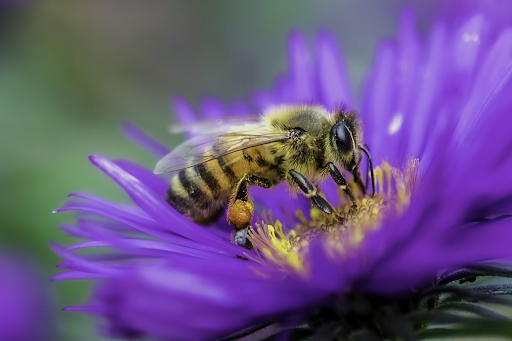Back in elementary school, I remember seeing bees flying and buzzing around all over the courtyard. Now, I hardly see any; if anything, I see wasps and carpenter bees instead. So, why is this observation of the decline in the species important, and how will it affect us humans?
What are Honey Bees?
Honey bees are insects that produce wax and honey, and live above ground. As social creatures, they live in hives and have a caste system typically consisting of one female egg-laying queen bee, infertile female worker bees, and male (drone) bees. If there happen to be two queen bees in one colony —either because two queen bees hatched at similar times, or the old queen has yet to die before the new queen bee hatches — the queen bees will fight amongst themselves until one of them is evicted from the hive or dies.
Currently, there are eight distinct species of honey bees throughout the world, which is a relatively minuscule portion of the 20,000 known species of bees. Honey bees are recognizable through their plump, fuzzy, and striped bodies as well as their nearly uniform body sizes. Another notable body structure is the pollen basket area present between the honey bee’s abdomen and hind legs. The pollen basket is a slight dent in the outer portion of the legs and is covered with inward facing, rigid hairs. Honey bees mix saliva with the pollen they collect to build a dense, yellowish-orange pollen ball, which is then placed in the pollen basket for easy transportation to the hive.
Honey Bee Statistics
Honey bees are incredible creatures that are capable of flying up to 15 miles per hour. Moreover, a single ounce of honey, roughly the weight of a slice of bread, allows a bee to fly once around the world.
The average honey bee is around 0.5 inches long; the queen bee, however, is around 0.8 inches long. Queen bees play a vital role in the colony and maintain the overall health of the hive, through laying eggs. The queen bee can live around three to four years. On the contrary, drone (male) bees can live up to eight weeks, and worker (female) bees can live between six weeks to five months depending on the season.
Honey bees play a vital role in food security and pollinating crops including avocados, blueberries, peaches, pumpkins, sunflowers, almonds, and cucumbers. Notably, almond trees require cross-pollination to produce almonds, but without bees, this fiber and nutrient-dense nut would no longer be readily available.
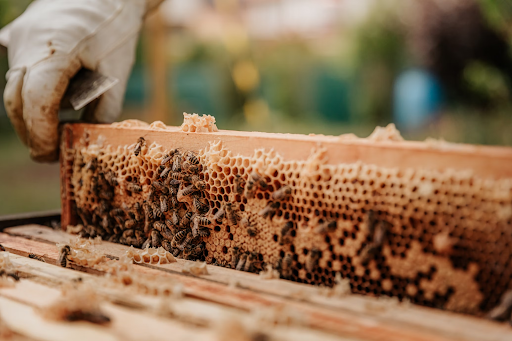
In fact, bees are predicted to have produced $15 billion in agricultural products each year. Honey bees are diverse pollen collectors as they collect pollen from a wide variety of species, thus promoting the reproduction of the plants they pollinate. Without honey bees, food shortages would become much more severe and more frequent.
“Honey bees are more than just insects. Bees are like a gardener’s best friend. We even grow specific ‘pollinator gardens’ for them! They have an important role in supporting our population, so we should do our best to support them,” said Gardening Club Co-President at Bronx Science, Shahi Mahonaj ’24.
The honey bee population in the United States is confirmed to be in an overall decline. In October 2022, there were 2.89 million colonies, but in April 2023, there were only 2.71 million colonies, as reported by Cornell University. While it is true that honey bee populations change depending on the time of year, according to Indiana University, the number of honey bees has been decreasing since the 1990s due to several factors, most of which have human contributions.
Honey Bee Habitats
Honey bees live in areas where flowering plants are easily accessible and abundant. This makes gardens, meadows, grasslands, and orchards ideal habitats for our fuzzy friends. Many wild bees live in a variety of ecosystems like hollow trees and nooks in rocks, but others, like sweat bees, build nests or live in burrows underground.
Domesticated honey bees make their homes in bee boxes and have their honey collected by beekeepers. Contrary to popular belief, this practice does not harm the bees as they produce a surplus of honey, and the beekeepers simply extract the excess.
Changing Climate
It is no secret that the weather and temperature have drastically changed and become more unpredictable. Plants are having a difficult time adjusting to the increase in temperatures, changing the timeframe in which their flowers bloom. This causes the bee’s pollen collecting processes to be pushed back. The grassy areas in which bees reside have also become increasingly more dry and prone to wildfires, decreasing the amount of viable space for bees. Likewise, heavier rain and floods destroy local flora and bee food sources.
Bees recognize and find plants through scent and environmental stressors. Air pollution, for example, alters the scents released by plants making it all the more difficult for honey bees to pollinate plants. As a result, a higher number of honey bees find less food and starve.
This spells trouble for humans as well due to the decrease in pollination of edible plants that we typically enjoy. We can expect an even lower quantity of produce that is reliant on bee pollination and higher prices in grocery stores.
“We aren’t yet in a complete crisis now, but the trends aren’t going in the right direction. Our study shows this isn’t a problem for 10 or 20 years from now – it’s happening right now,” said Rachel Winfree, a specialist in conservation biology and pollination ecology from Rutgers University.
Changing temperatures can create favorable conditions for invasive species, which coupled with human activities, leads to the displacement of native plants. Some of these native species may make up a large portion of the local honey bee diet, and with less food available, honey bee populations would dwindle. Honey bees have a diet that is heavily based on their environment and the local plants.
Varroa Mites
Varroa mites, also known as varroa destroyers, are parasites roughly the size of a poppy seed that feeds solely on the body fluid of honey bees and their larvae. These mites can severely damage a honey bee colony as they kill honey bee larvae and transmit diseases, thereby dwindling the size of the next generation.
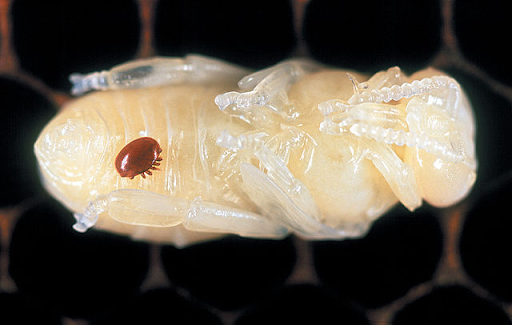
Varroa mites hitchhike on unsuspecting bees and are carried back to the rest of the bee colony. This is more dangerous when bees from separate colonies mingle and spread the mites cross-colony.
Beekeepers have their own natural ways to fight against Varroa mites without miticides, which are also toxic to bees and may cause deaths within the colony. These methods include a somewhat peculiar process called sugar shaking. In this technique, beekeepers scoop bees into a jar of sugar and gently shake. The sugar loosens the varroa mites off the bees, and the mites get trapped in the sugar.
This tedious process does not harm the bees and effectively removes the varroa mites; however, it is time-consuming as colonies can contain up to 80,000 bees. Another method used to combat varroa mites is lathering syrup on honeybees to trap the pests in the sticky concoction.
Scientists are breeding honey bees in hopes of cultivating honey bees that are capable of identifying and biting the legs of varroa mites, rendering the mites incapable of latching on their prey. The YouTube channel Deep Look provides the general public with a microscopic view on complex subjects, similar to this one, in easy-to-understand videos. They even cover the detrimental effects of the varroa mites and the creation of “mite-biter” honey bees in immense detail and in an engaging manner.
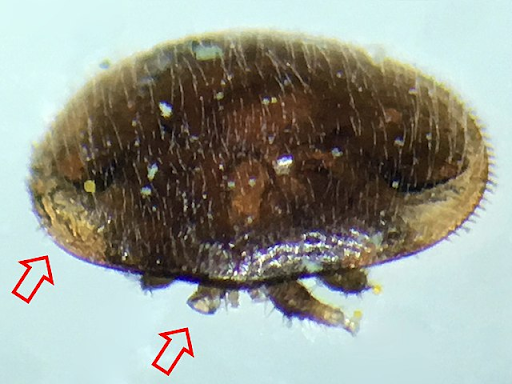
What You Can Do
While saving the bees may seem like a arduous task, it is one worth taking. The average person can easily aid the cause, in many ways. Planting flowers and other flowering shrubbery rich in pollen (like purple coneflowers) can help our valuable honey bee population by providing them with food.
Similarly, creating bee baths or water feeders can help bees stay hydrated. Making a bee bath only needs three items: a tiny dish, water, and pebbles. Ideally, the surface of the pebbles should be above the water. The pebbles provide a safe landing space for any visiting bees, preventing them from drowning out of exhaustion in the case that the dish is deep, and the bee’s wings become waterlogged.
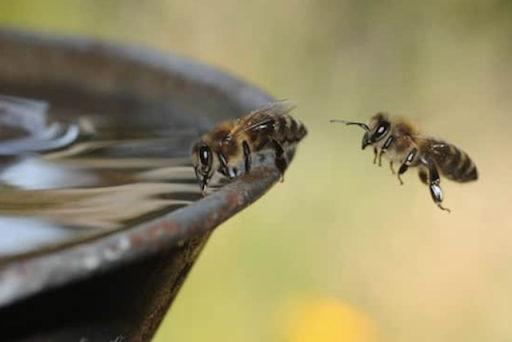
There are several non-profit groups such as The Bee Conservancy, based in New York City, that accept donations to help protect the bee population and to fund programs in order to educate the general public on the importance of bees and their role in food security.
The Bee Conservancy does not solely focus on honey bees, and they have recently expanded their mission to include focusing on ground-nesting bees in their conservation efforts, as well. If you are not based in New York City, there are most likely alternative bee societies and local gardening groups that could give you more advice.
Planting pollen-rich plants may not seem like making a huge dent in the honey bee population, but as Nelson Mandela said, “we can change the world and make it a better place. It is in your hands to make a difference,”
“Honey bees are more than just insects. Bees are like a gardener’s best friend. We even grow specific ‘pollinator gardens’ for them! They have an important role in supporting our population, so we should do our best to support them,” said Gardening Club Co-President at Bronx Science, Shahi Mahonaj ’24.

